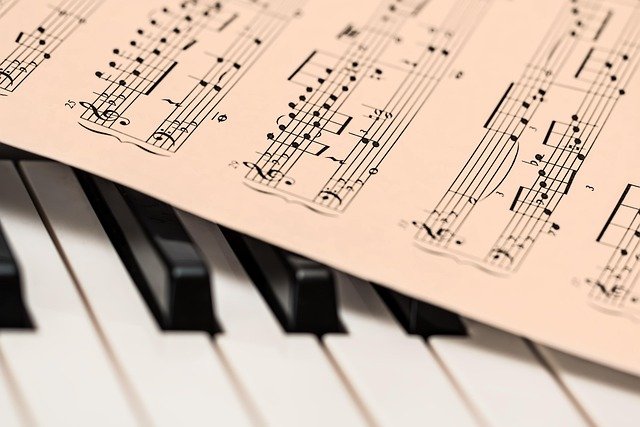Private Music Tutoring: Find the Right Teacher for Your Instrument
Choosing the right tutoring services for music can transform practice into progress. Whether you’re self-teaching an instrument, returning to lessons after a long break, or seeking targeted support for exams or performances, a skilled teacher or tutor shapes technique, musicality, and motivation. Good instruction blends clear pedagogy with personalized goals, making lessons efficient and enjoyable for students of all ages. This guide explains how music education works in private settings, how to evaluate teachers and tutors, practical practice strategies, and how to pick the instrument that best fits your objectives.

How does music tutoring help learners?
Music tutoring provides structured, individualized guidance that typical group classes may not offer. A tutor assesses current skill levels, identifies technical gaps, and creates a step‑by‑step plan to improve tone, rhythm, and expression. For students preparing for exams, auditions, or recitals, focused lessons address repertoire selection, sight‑reading, and performance anxiety. Tutors also adapt teaching styles to suit learners—some emphasize theory and notation, others prioritize ear training and improvisation—so progress aligns with each student’s learning preferences.
What makes a great music teacher?
A great music teacher balances expertise with communication. Qualifications—such as conservatory training, performance experience, or teaching certifications—are useful indicators, but practical teaching skills matter most: clear demonstrations, patience, adaptive lesson plans, and constructive feedback. Effective teachers set attainable short‑term goals, monitor practice habits, and model healthy technique to prevent injury. Look for a teacher who provides recordings, practice outlines, and measurable milestones; a strong teacher also explains why exercises help and connects them to musical outcomes.
When should you hire a private tutor?
Hire a private tutor when you need targeted improvement beyond general lessons. Common triggers include plateaus in technique, preparation for exams or competitions, switching instruments, or needing help with sight‑reading and theory. Tutors can offer flexible scheduling and tailored lesson lengths, which is useful for busy adults or young learners with limited attention spans. Consider local services and online options to compare availability—many tutors offer trial lessons so you can assess fit before committing to a regular schedule.
How does music education fit long-term goals?
Music education supports a range of long‑term goals: disciplined practice, ensemble participation, college admission, or simply lifelong enjoyment. A well‑structured education plan includes progressive repertoire, theory milestones, and periodic performance opportunities. Teachers and tutors should align lesson content with these goals, recommending collaborations (ensembles, recitals) and supplementary learning such as ear training apps or theory workbooks. Tracking progress with recordings and occasional mock performances helps maintain motivation and shows measurable growth over months and years.
Which instrument should I begin with?
Choosing an instrument should consider physical suitability, musical tastes, and practical constraints. Size and ergonomics matter for young children—smaller violins or ukuleles can be easier than full‑sized instruments. Consider your preferred genres: guitar or piano are versatile for pop and songwriting, while classical violin or flute suits orchestral paths. Think about noise, space, and maintenance: wind instruments need reeds or blow technique, string instruments require tuning and care, and pianos need space or a quality keyboard. Try a few instruments with a teacher or at music stores and lean toward what inspires consistent practice.
Performance practice and lesson structure
Effective lessons combine technical exercises, repertoire, and listening activities. A typical session might start with warm‑ups, move to focused technique, then learn new pieces and review previously assigned work. Tutors often assign realistic practice time and suggest how to break sessions into focused segments. Recording practice sessions and listening back is a useful habit to identify phrasing or timing issues. For younger students, structured rewards and varied activities keep engagement high, while adult learners benefit from goal‑oriented lesson plans that tie directly to life schedules and interests.
Conclusion
Private music tutoring and thoughtful music education can accelerate progress while keeping learning enjoyable. Selecting the right teacher or tutor involves assessing qualifications, teaching style, and how lessons align with personal goals and schedules. Whether starting a new instrument or refining advanced technique, structured lessons, consistent practice, and clear milestones form the foundation of meaningful musical growth.






